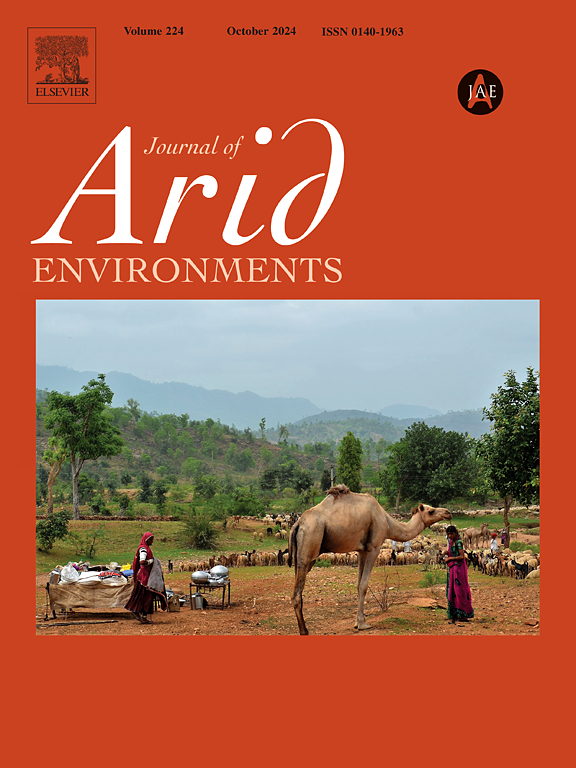Biomineralized sand facilitates the structural development of cyanobacterial biocrust
IF 2.6
3区 环境科学与生态学
Q2 ECOLOGY
引用次数: 0
Abstract
Land degradation is a global problem, and effective land restoration techniques are needed. The introduction of biocrust has attracted much attention because biocrust-forming organisms have a high survival rate in harsh environments and perform various ecological functions. However, physical disturbances and low water resources impede biocrust development. In degraded areas, soil tackifiers and amendments are often applied before biocrust inoculation, but optimal methods require further research. This study examined whether biomineralization by ureolytic bacteria, one soil stabilization method, could facilitate the growth of biocrust-forming cyanobacteria and biocrust development by improving soil stability and water retention. We incubated cyanobacterial biocrusts on biomineralized sand layers, bare sand, and sand with calcium carbonate powder and, measured indicators of biocrust development, soil stability, and water infiltration. Biomineralization with the biocrust had no effect on water infiltration but improved soil stability. Biomineralization did not significantly facilitate cyanobacterial growth but did improve biocrust structure development. Our findings indicate that biomineralization can enhance the biocrust structure at least in the short term. Longer experiments are needed to clarify the negative aspect of biomineralization on cyanobacterial growth.
生物矿化砂有利于蓝藻生物外壳的结构发育
土地退化是一个全球性问题,需要有效的土地恢复技术。生物结皮的引入引起了人们的广泛关注,因为形成生物结皮的生物在恶劣环境下具有较高的存活率,并具有多种生态功能。然而,物理干扰和水资源匮乏阻碍了生物结霜的发展。在退化地区,土壤增粘剂和改良剂通常在接种生物结痂前施用,但最佳方法有待进一步研究。本研究考察了一种土壤稳定方法——溶尿菌生物矿化是否能通过改善土壤稳定性和保水性来促进形成生物结皮的蓝藻的生长和生物结皮的发育。我们在生物矿化砂层、裸砂和碳酸钙粉砂上培养蓝藻生物结皮,并测量生物结皮发育、土壤稳定性和水分入渗指标。生物结壳的生物矿化对土壤入渗没有影响,但提高了土壤的稳定性。生物矿化没有显著促进蓝藻生长,但确实改善了生物外壳结构的发育。我们的研究结果表明,生物矿化至少在短期内可以增强生物结壳结构。需要更长时间的实验来澄清生物矿化对蓝藻生长的负面影响。
本文章由计算机程序翻译,如有差异,请以英文原文为准。
求助全文
约1分钟内获得全文
求助全文
来源期刊

Journal of Arid Environments
环境科学-环境科学
CiteScore
5.70
自引率
3.70%
发文量
144
审稿时长
55 days
期刊介绍:
The Journal of Arid Environments is an international journal publishing original scientific and technical research articles on physical, biological and cultural aspects of arid, semi-arid, and desert environments. As a forum of multi-disciplinary and interdisciplinary dialogue it addresses research on all aspects of arid environments and their past, present and future use.
 求助内容:
求助内容: 应助结果提醒方式:
应助结果提醒方式:


